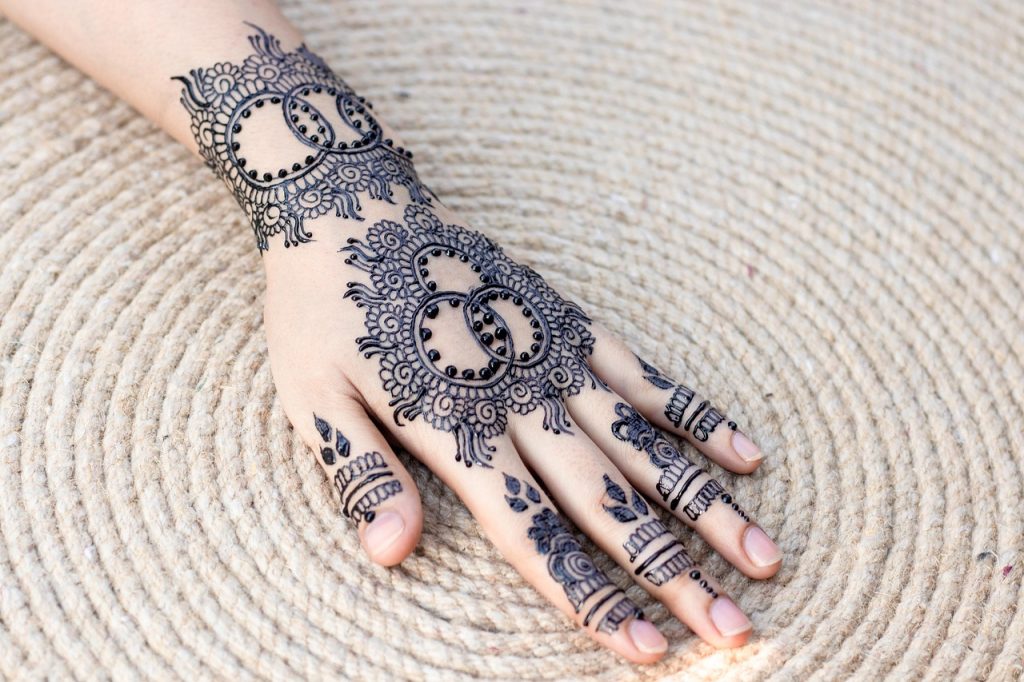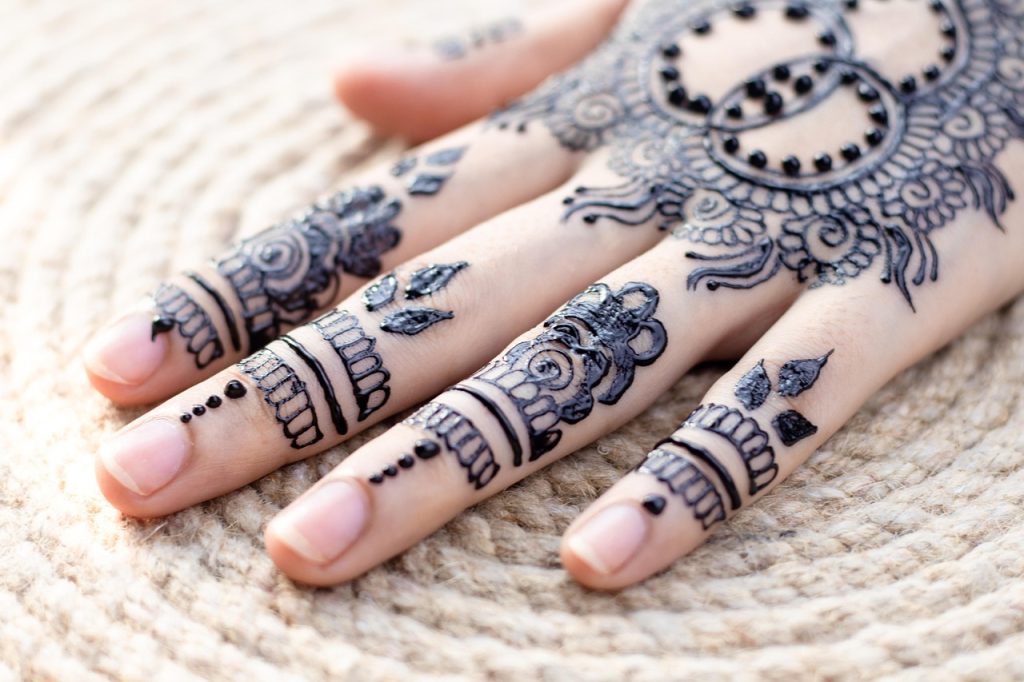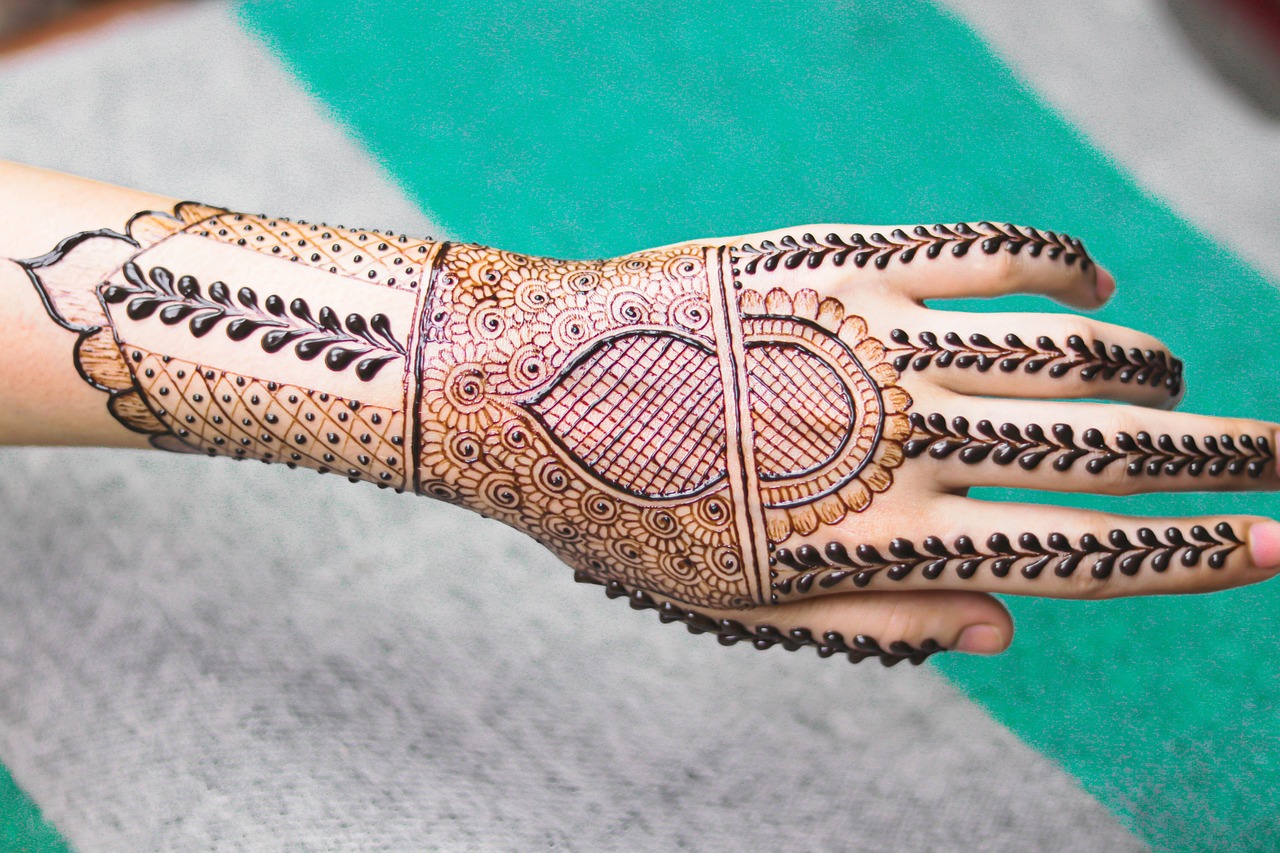Understanding Mehndi: A Cultural Tradition

Mehndi, also known as henna, is a delightful form of body art with deep cultural roots in various regions such as India, Pakistan, and the Middle East. The intricate designs drawn on the front full hand are not merely aesthetic; they symbolize joy, celebration, and are often a crucial part of festive occasions like weddings, festivals, and special family gatherings.
The beauty of mehndi designs lies in their diversity—from floral motifs to geometric patterns, each design tells a story. The application of mehndi can take several hours, reflecting the artistry and patience involved in this traditional craft.
What are the popular styles of front full hand mehndi designs?
Popular styles of mehndi design for the front full hand include Arab, Indian, and Pakistani styles. While Arab designs are often characterized by bold, flowing patterns, Indian mehndi tends to be more intricate with fine detailing. Pakistani mehndi combines elements from both, creating unique, culturally rich designs.
Research Insight
According to a study published by the International Journal of Trend in Scientific Research and Development, the popularity of mehndi has grown globally, especially among younger generations looking to embrace their cultural heritage. Read more here.
The Process of Creating Mehndi Designs on Front Full Hand

Creating a stunning mehndi design on the front full hand requires skill and creativity. The process starts with preparing the skin—making sure it is clean and dry. The artist then uses a cone filled with henna paste to draw the desired patterns.
Common elements used in these designs include:
- Floral patterns
- Peacock motifs
- Geometric shapes
- Intricate lacework
Patience is key, as some designs may take considerable time to perfect.
How long does mehndi last on the skin?
Mehndi typically lasts between 1 to 3 weeks, depending on various factors like skin type, care, and how well the henna was applied. Freshly applied mehndi appears dark initially, usually fading to a lighter shade over time.
Case Study of Mehndi Longevity
A case study from the Journal of Ethnopharmacology indicates that the natural ingredients in henna can provide additional benefits, enhancing durability and color. Learn more here.
Tips for Choosing the Perfect Mehndi Design

When selecting a mehndi design for your front full hand, consider the occasion, your outfit, and personal preferences. Here are some tips to help you choose:
- Choose designs that complement your attire.
- Consider the occasion—wedding designs can be more elaborate.
- Consult with your mehndi artist and discuss preferences.
Also, be open to custom designs that encapsulate your unique style!
Can I create my own mehndi designs?
Absolutely! With practice, you can create your own mehndi designs. Start with simple patterns and gradually add complexity as you gain confidence with the art of henna.
Expert Tips
“Practice makes perfect; start with basic shapes and slowly incorporate more intricate designs,” advises renowned mehndi artist Aisha Khan. “Always use natural henna for best results.”
Conclusion

Mehndi design for the front full hand is more than just a decorative art; it reflects cultural elegance and personal expression. Whether you’re preparing for a grand celebration or simply wish to adorn your hands, there’s a mehndi design waiting for you.
Ready to explore mehndi designs that resonate with your style? Download our exclusive guide on trendy mehndi designs today!
